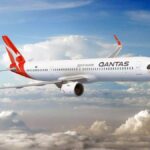
Virgin Australia: more Aircraft to cope with summer rush
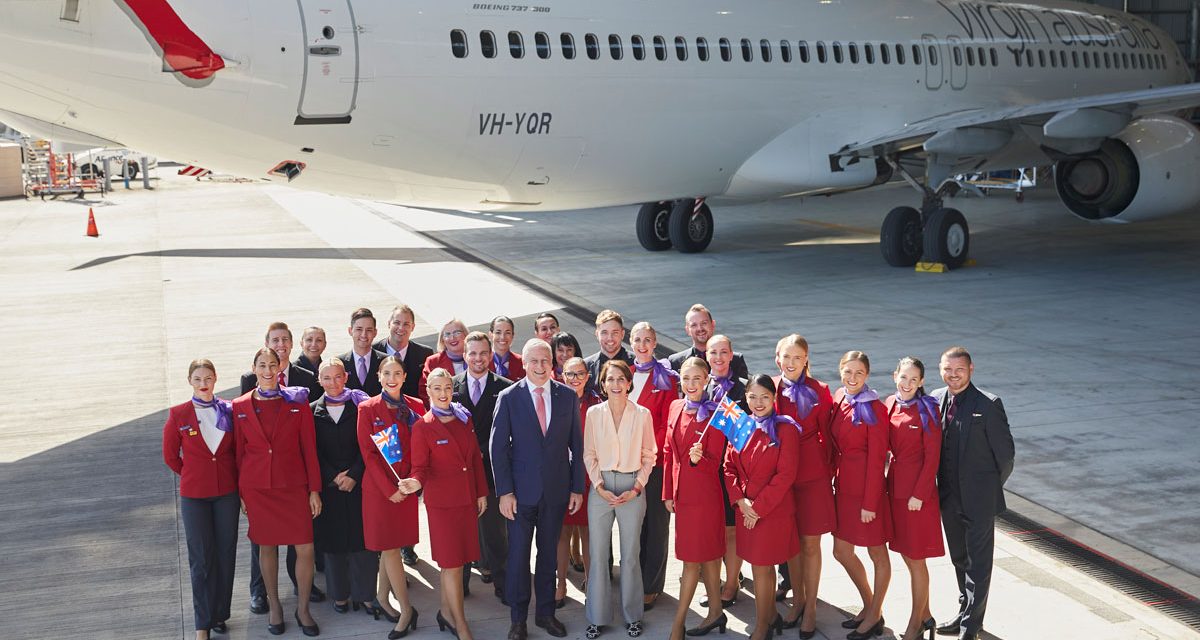
I saw this news yesterday, and decided not to report it, as not being significant. I have rethought that editorial decision on two grounds: Qantas has been stealing the limelight this week, and, actually increasing the fleet of a once nearly defunct airline in Australia is newsworthy.
Virgin Australia is adding 9 Boeing 737-800 aircraft into its fleet starting in October this year, in the expectation that there may be a bit of a damned up flood of flying over the summer once interstate borders are open.
This is a bit of a gamble since some epidemiologists are talking about a lockdown for at least Sydney and Melbourne lasting well into November.
The roll-out of the extra planes will run through until mid-February 2022 – so they are not rushing things!
“Airlines around the world have had to bend and stretch over the past 18 months as our fleets, teams and wider operations have responded to unprecedented border restrictions and demand volatility. But we at Virgin Australia are crystal clear that the underlying consumer desire for travel is strong.”
Virgin Australia CEO Jayne Hrdlicka
Jane hopes that this will help them meet their target share of 33% of the domestic market.
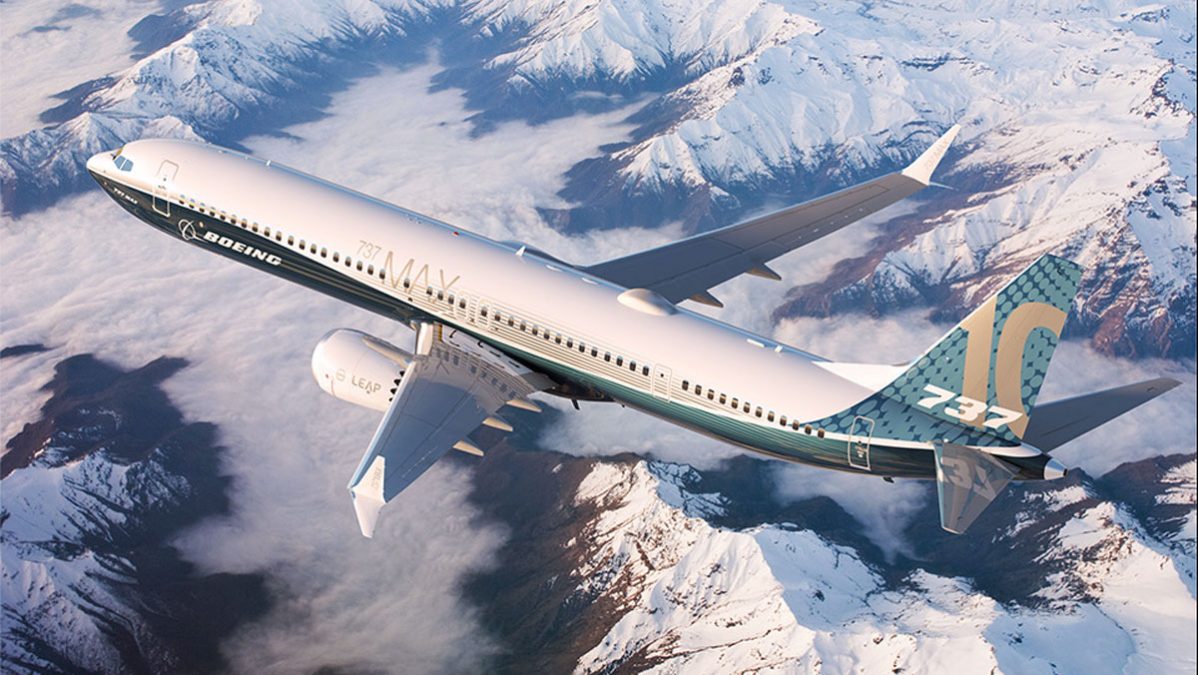
MAX is on the way too
Virgin Australia has also committed – well at least in a planning sense – to receive its first Boeing 737 MAX 10 aircraft with a capacity of up to 230 seats in mid-2023.
Let’s face it the world is currently swimming in grounded versions of the vastly-safety-concerned-and-delayed aircraft, so Boeing must be more than amenable to price reductions and sudden changes in delivery deadlines.
On the upside to the safety-challenged history of the aircraft, they will deliver efficiencies and some more modern hardware to the reborn airline
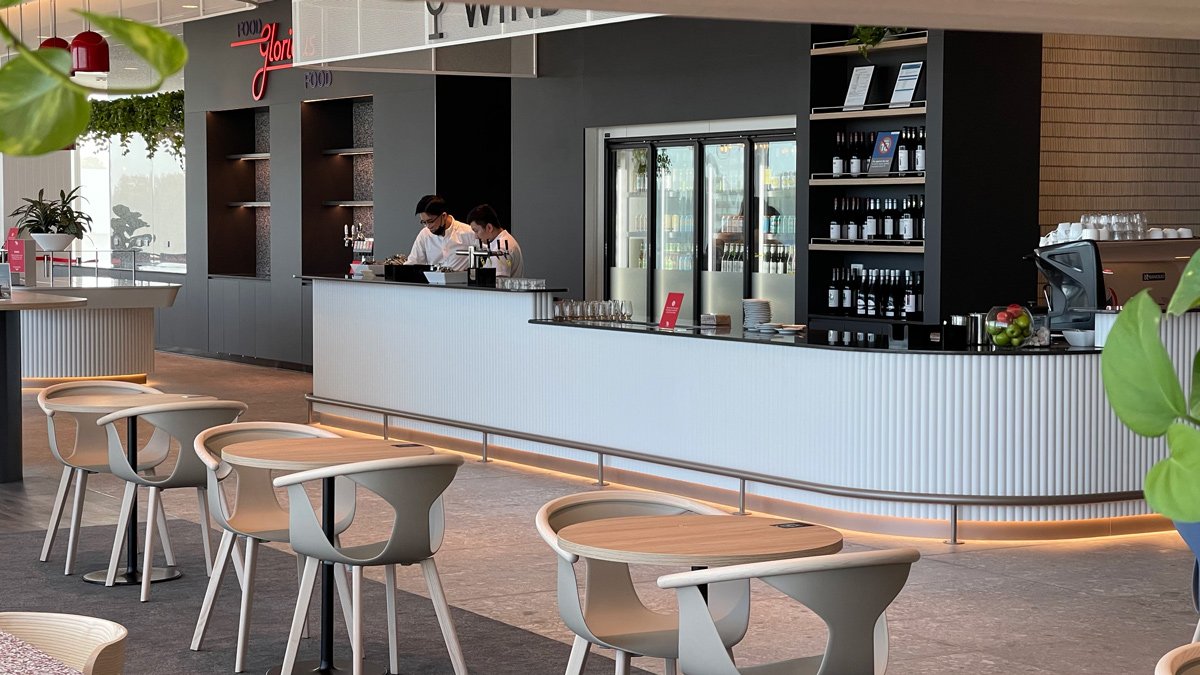
2PAXfly Takeout
This is another timely reminder to wear your seatbelt when seated. Holding you close to your seat will protect you from the sort of injuries sustained on this flight, when unsecured passengers flew to the ceiling of the aircraft, and then came crashing down once the ‘drop’ ceased.
The hope will be that this is an anomaly – a ‘freak accident’ in casual parlance. If it is a systemic error either mechanical or electronic, then this is a larger concern for the airlines that fly Boeing Dreamliner 787 aircraft. Let’s hope it isn’t. If it is, it will pile on the woes to Boeing’s existing stack.
Aircraft orders have a long lead time, even when there is a forest of these planes lurking at factories and desert locations across the world – so it’s not as bold a move as it seems for a once nearly bankrupt airline.
The modernisation of the Virgin Australia fleet might give it the edge over Qantas in the medium turn, although, Qantas will have to replace its 737 fleet soon with either Airbus A320neo-family or Boeing 737 MAX aircraft too.
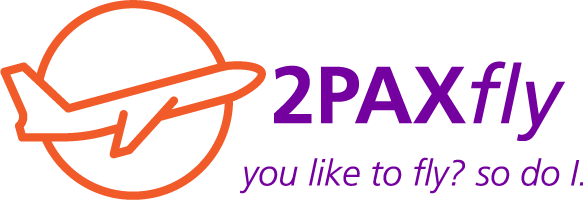
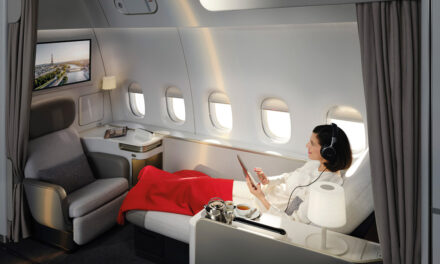
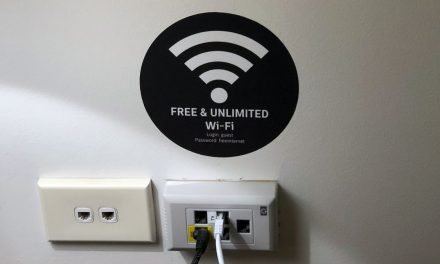
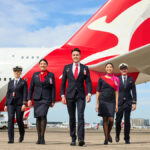
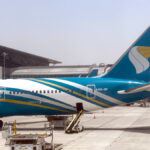
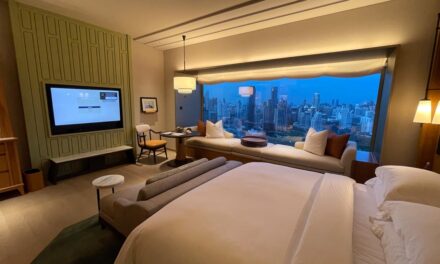
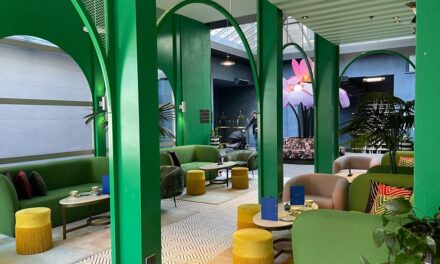
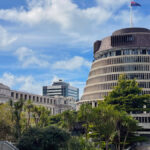

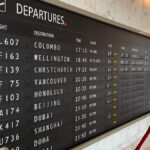
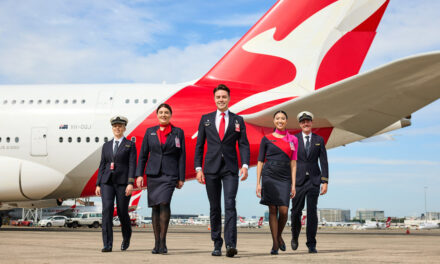
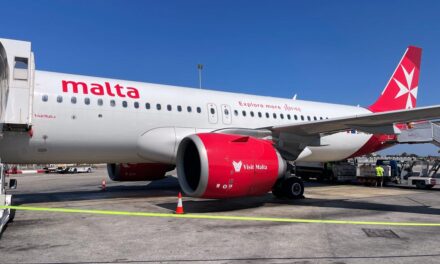
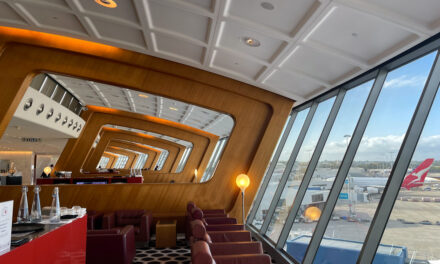
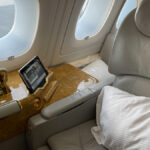

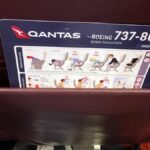
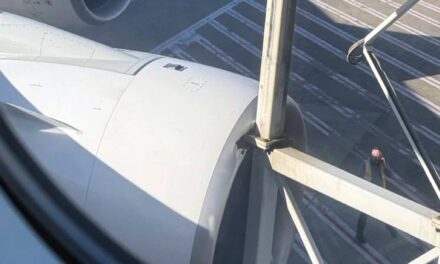

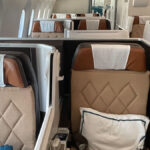
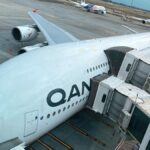
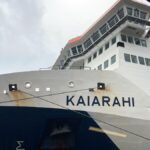
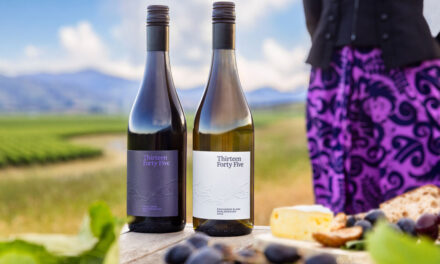
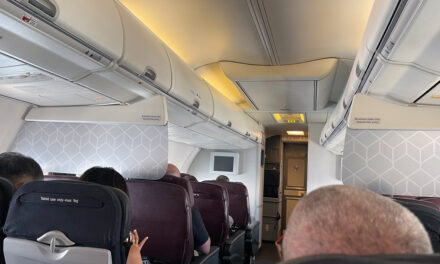


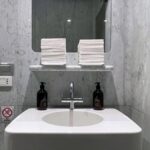
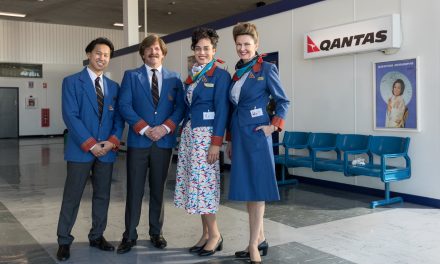
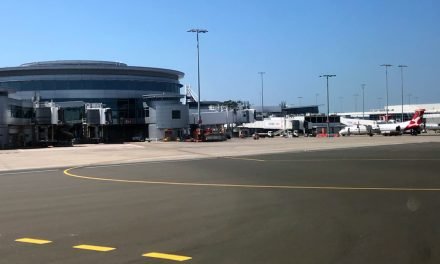
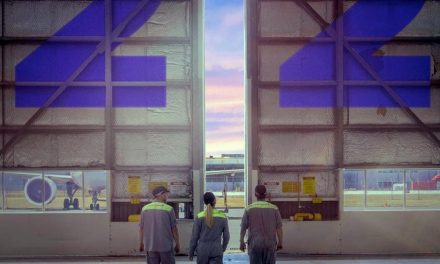
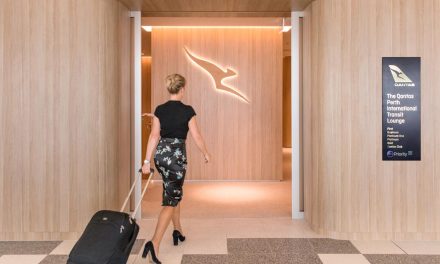
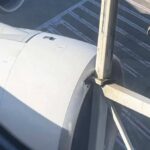
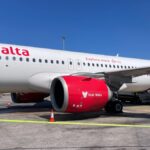
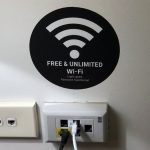
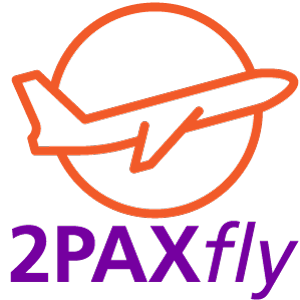
What did you say?